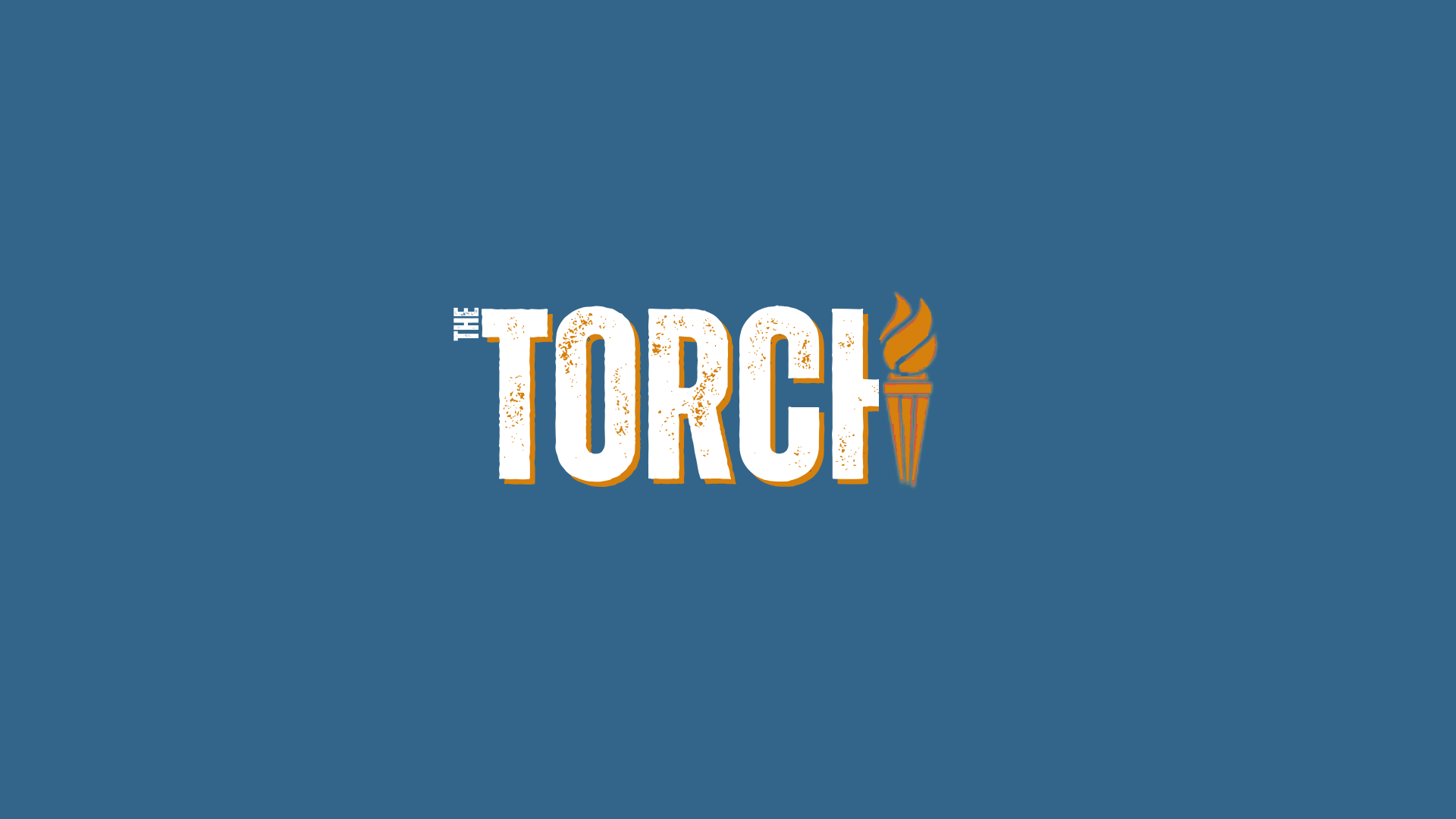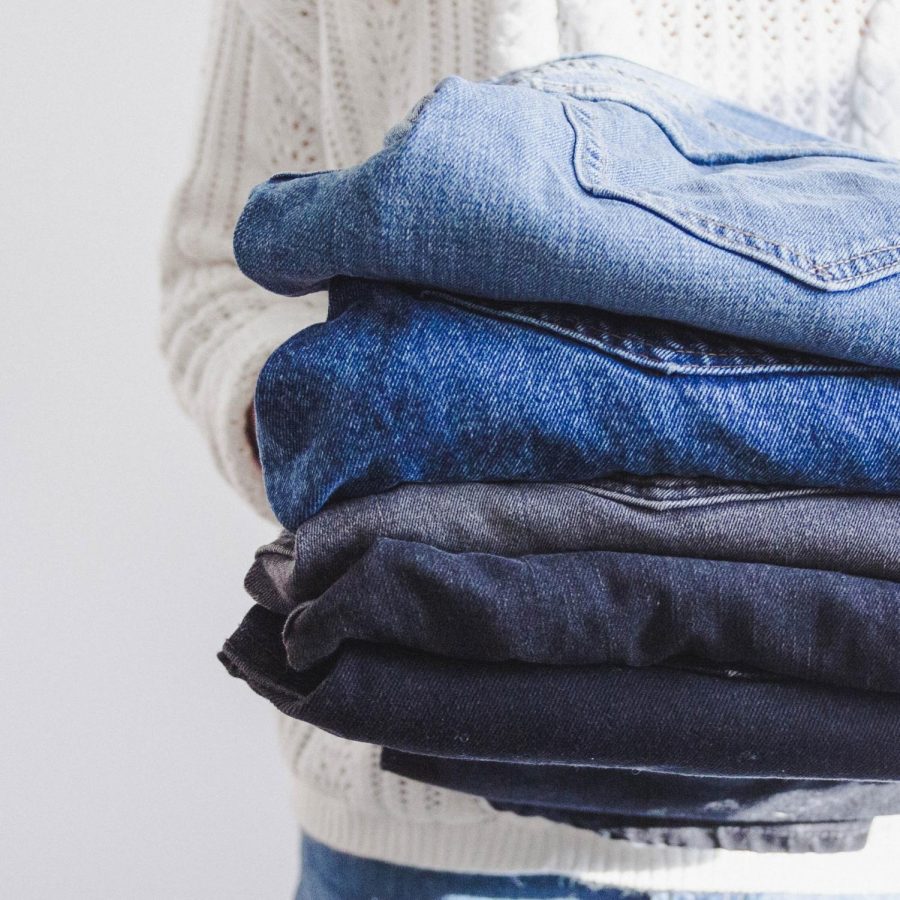Niche Interest #437: The History of Flared Jeans
I’ve lived in Texas for over a year and in Houston alone I’ve seen more flared jeans than Ford 5-150s. Shocking, I know. What was the cause of this denim dilemma? Was this a city/state trend, or was this going on nationwide? Is it just another fashion renaissance ignited at the hands of Gen Z? Were the $60 Hollister patchwork jeans that I bought a fashion statement, or were they simply a historical symbol forgotten by the test of time?! So yes, I had questions and I needed answers. Was this just a Texas/Southern cultural phenomena that I wasn’t getting or are we as a society still riding the coattails of the peace, love, and disco era? Well, it all began in the beginning…
Humble Beginnings
Flared jeans, more popularly known as bell bottoms, are jeans that gradually get wider starting at or after the knee. The earliest documentation of flares were originally worn by British and American sailors in the early 19th century, as it made men gone overboard easier to catch. The flares were also easier to remove and store when wet and muddy. But this didn’t really matter much, as the pants didn’t catch on socially until a couple decades later.
Who Cared?
Nobody until the 1960s, but here’s some historical context: Young Gen Xers were also known as *The New Lost Generation*, a call back to the original *Lost Generation* of the 1920s. The 60s were all
about rebellion and diverging from the strict nature of the generations before you (i.e. your parents), and at the time, there was nothing more rebellious than protesting wars. That and naturism (non-sexual nudity in private and public spaces), rock music, long hair, recreational drugs, non-monogamy (not polygamy), which brought with it the beginnings of modern hook-up culture. Not to mention protests for gay rights, feminism/equal rights, and environmentalism, which spread internationally. But I digress.
At this point, the Vietnam war had already lasted 5 years (1955) and the Cold War had been going on for over a decade. The youth were fed up with talks of communism and violence, which led to the boiling
pot of the activism and protest-filled decades of the 60s-70s. But where do bell bottoms fit in? Well they fit, all right. The symbolism of flares was straight counter culture, trading the straight jean of the old for the curvy and vivacious flare of the young. Due to the surplus of army clothes from the wars, flared jeans were cheap and spread quickly across the country, rejecting mainstream consumerism along with it. Many people re-styled the trousers with anti-war symbols such as flowers and peace signs to further their message. And what better way to become mainstream than being worn by Cher, Sonny, Mick Jagger, ABBA, Tony Manero, and John Travolta!
Final Thoughts and Theories
So it’s pretty clear that bell bottoms had heavy symbolic meaning during the 60s-70s. Even though the trend died in the late 70s, there is a clear resurgence of it now. Some speculate it was due to the pandemic and quarantine shifting our focus to more casual, relaxed-fit clothing. Others say that it is due to the large number of Western-Americans fleeing the high living costs, taxes, and inflation of their original states, bringing with them fast fashion trends and aspects of Hollywood culture. it could also just be Gen Z’s obsession with the old and vintage. It could even be argued that Gen Z is just a more technologically-driven Gen X, seeing as our generational identifiers, such as the desire for change, aren’t that different. Or maybe people just remembered how fashionable the pants were and decided to put on their old pair! Whatever the reason, I personally am glad to see such a stylish trend alive and kicking again, especially when it has a rich history to back it up.
Guest writer Jennifer Karake is a junior and is involved in Model United Nations, theatre, FFA, the Glee Club, and the French Club at SLHS.


